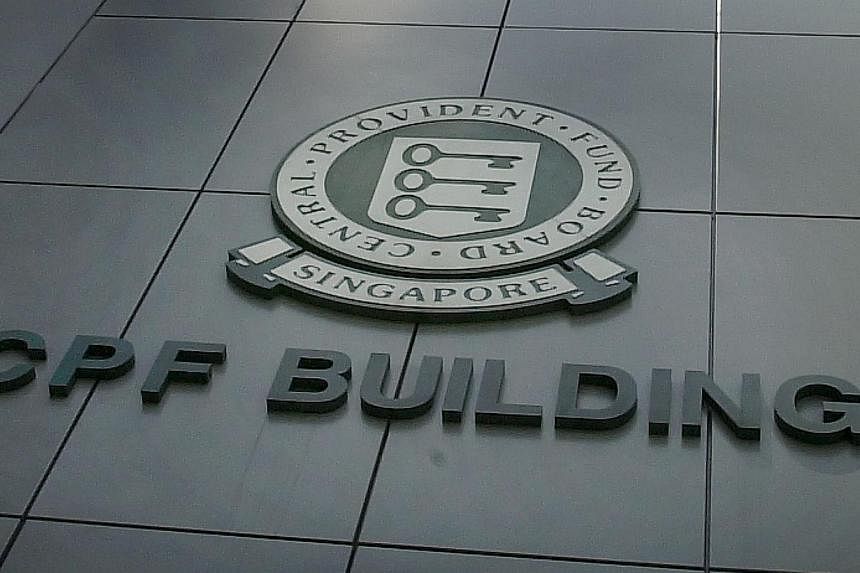In the end, the debate on the Central Provident Fund was much more interesting than that on MediShield Life.
That says two things.
One: The Ministry of Health and the MediShield Life Review Committee have done a spectacular job with MediShield Life reform, coming up with a string of proposals that are comprehensive, and which have won broad support from Singaporeans, in and out of the House.
It was Prime Minister Lee Hsien Loong - and the Cabinet, one presumes - who decided on universal health coverage. But it has been the team led by Health Minister Gan Kim Yong, Permanent Secretary Tan Ching Yee and Mr Bobby Chin's committee, who have delivered on the details.
What remains will not be easy, as implementation never is. Cost control to keep premiums down will be a key issue, given the fears that doctors and health providers may over-test or over-treat, and patients may seek unnecessary or expensive but futile treatments.
Here, there's a clear need for an independent regulatory body or panel to evaluate cost-effective treatments to determine the schedule of benefits that can be claimed from MediShield Life, as suggested by MP Chia Shi-Lu.
While many now applaud it, in fact the journey to universal health coverage - insuring everyone regardless of pre-existing conditions, and for life - has been a long, fraught one, for those analysts and patients who have advocated for it.
But once the Government said "yes" - in August 2013 - things moved swiftly indeed.
So it was fortuitious that the other big debate in Parliament yesterday was on the CPF, another major plank of Singapore's social security system. That the debate on the CPF was so absorbing, is testament to how much more needs to be done in that area.
In all, 14 MPs filed questions about the CPF. Manpower Minister Tan Chuan-Jin dealt with the nitty-gritty issues with the Minimum Sum scheme, while Deputy Prime Minister and Finance Minister Tharman Shanmugaratnam defended the CPF system.
CPF now pays members a guaranteed rate of 3.5 per cent in the Ordinary Account and 5 per cent on the Retirement and Medisave accounts, up to the first $60,000 combined. For sums above that, the rate is 1 percentage point less.
While not the the highest, the CPF "gives fair returns and (is) certainly one of the safest in the world," said Mr Tharman.
He added that many pension systems around the world are facing problems. Many are moving away from systems paid out of taxes, also called "pay-as-you-go" plans since today's retirees draw on pensions paid for by today's taxpayers. "The shift is to pension plans where the worker's savings go into his own account, and he eventually draws on his own account in retirement... But in many such schemes, unlike the CPF, the worker has to choose his own investment plan, and bears the risk on investments," said Mr Tharman.
And as research shows, individuals tend to underperform the market when they manage their own investments, he added. Even those who make money see returns eroded by fees.
One takeaway from the above argument is that since individuals are ill-suited to invest their own pension funds, it is better to leave it to an outfit like CPF that offers a guaranteed, modest return.
But many advanced countries are moving to develop private pension plans. The government sets rules and gets private sector managers to run pension funds. Fees are kept low. People can choose from a small number of funds.
This move to "allow individuals greater choice over the way their retirement savings are invested in private plans" is one of the major planks of pension reforms round the world, according to an OECD report, Pensions At A Glance 2013. It added: "Canada, Estonia, Hungary, Israel, Mexico and Poland, for example, have adopted this policy, supported by measures to move people automatically into less risky investments as they get closer to retirement, a policy recommended in earlier OECD analysis (in 2009)."
The call for privately managed pension funds is not new here. The Economic Review Committee wanted this in 2002. The Government's response then was encouraging. But today, no such option exists.
In July 2002, The Straits Times ran a story quoting experts saying such private funds could give returns of 7 to 10 per cent.
Wishful thinking, you say?
Another 2013 OECD report, titled Pension Markets In Focus, concluded: "Pension fund assets exhibited an average annual growth rate of 7.4 per cent over the period 2009-12." This was better than insurance companies (3.4 per cent over the same period) and investment funds (3.8 per cent).
Such private pension plans are by no means a panacea to problems of retirement financing, but are certainly worth looking at.
The journey to universal health coverage took well-nigh two decades. The journey to improve CPF returns has already taken 12 years, with not much to show for it.
With PM Lee recently pledging that the Government will review retirement adequacy and the CPF system, one hopes for a late spurt for CPF reform, just as for MediShield reform, that will exceed Singaporeans' expectations.

